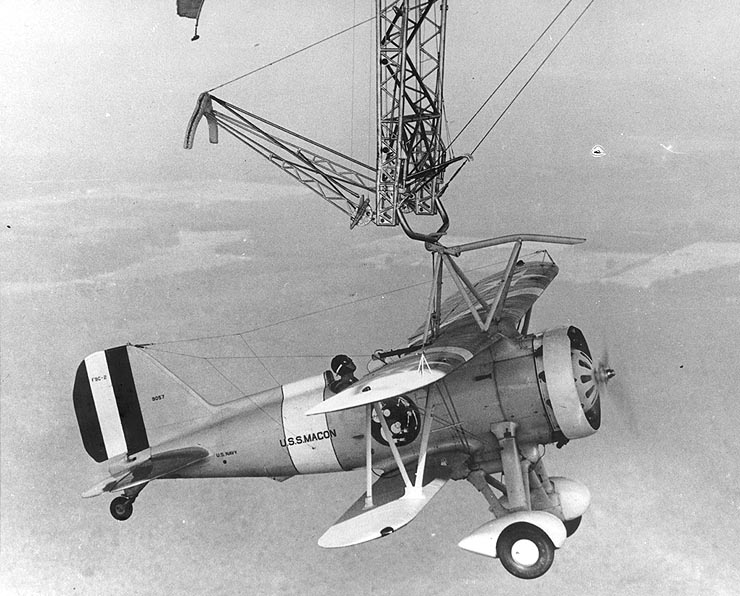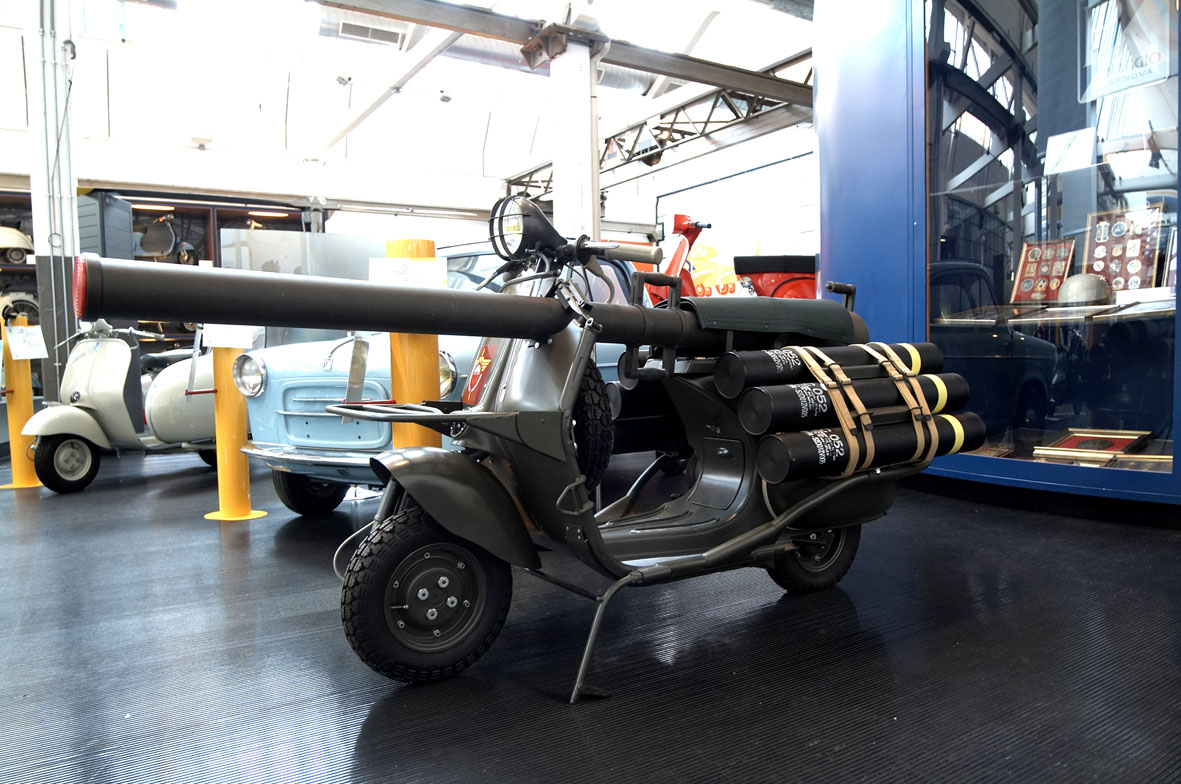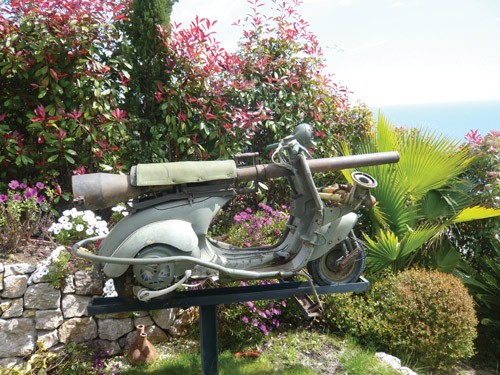Vickers Independent A1E1



Esse foi o primeiro e o mais influente dos veículos multi-torre.
Dele descenderam os soviéticos T-35, T-100, SMK e T-28 bem como o alemão PzKw V and VI Neubaufahrzeuge.
Um fato marcante relacionado ao descendente alemão desse projeto é que, apesar de não ter sido aprovado pelo Exército inglês, seus planos de construção e fotos foram copiados e vendidos aos alemães pelo militar inglês, transformado em espião por conta de um "rabo de saia", Norman Baillie-Stewart. Sentenciado a 5 anos de prisão, Norman escapou da pena de morte por não ser ainda tempo de guerra. (ver ao fim da postagem a vida rocambolesca desse aventureiro)
O Independent foi submetido a extensos testes na Inglaterra mas nenhum veículo, além do protótipo, foram construídos ou encomendados.
Na Inglaterra seus parentes foram o tanque médio A6 III e o A9 Cruiser com três torres.
O Independent sobreviveu à guerra e pode ser visto em Bovington.
O A6 III não sobreviveu, tendo sido reciclado pelo metal.




Interior com a culatra da arma principal.

Especificações
Peso - 34 ton
Comprimento - 7,59 m
Largura - 2,67 m
Altura - 2,72 m
Tripulação - 8
Blindagem - 13-28mm
Arma Principal - Canhão 3 libras (47mm)
Armas Secundárias - 4 Metralhadoras Vickers 0,303
Motor - Armstrong Siddley V12 à gasolina: 370 hp
Alcance Operacional - 153km
Velocidade - 32km/h
KITS PARA MONTAR
Em escala 1/76, a Giesbers Models da Holanda produz esse kit, de bom detalhamento e fácil montagem.




Outro kit, agora em escala 1/35 e em resina, com pouca produção, vem de Derek Hansen, mostra o veículo como estava em 1940 e nos dias atuais.
Ele vem completo com um conjunto de PEs, decais e um manual de montagem completo.
Seu preço na Inglaterra gira ao redor de £130.

The story of ex-Gordon Highlander Norman Baillie-Stewart
(the below with all credit to phylo_roadking from www2talk.com and forum.axishistory for his posts on this gentleman)
Norman Baillie-Stewart (15 January 1909 – 7 June 1966) was a British army officer who became known as “The Officer in the Tower” when he was imprisoned in the Tower of London.
Baillie-Stewart was born to a military family named Wright and was given the forenames Norman Baillie Stewart. He attended Bedford School and the Royal Military College, Sandhurst, where, as a cadet, he served as an orderly to Prince Henry, a younger son of King George V.
In January 1929, while still a cadet, he changed his surname from Wright to “Baillie-Stewart”, perhaps under the belief that he was looked down upon by more senior officers, even though his father had been a colonel and his mother was from a family with a long tradition of military service. He graduated tenth in the order of merit and in February 1929 received a commission as a subaltern in the Seaforth Highlanders, although apparantly he he soon grew to dislike army life.

On a holiday in South Africa, Baillie-Stewart met a German woman with whom he fell in love. He decided to become a German citizen and wrote a letter to the German Consul in London offering his services. On holiday in Germany in 1931, he sold military secrets for sexual favours and relatively small amounts of money. His regular trips to the Netherlands to meet his handlers attracted suspicion and he was arrested in 1933.
In the spring of 1933, Baillie-Stewart was court-martialed at Chelsea Barracks under the Official Secrets Act for selling military secrets to a foreign power. Amongst the military secrets that he sold to the Germans were the plans and photos of the A1E1 tank.
In a two-and-a-half-hour speech, the Prosecutor, Major Harold Shapcott, outlined the Government’s case. The court was told that Baillie-Stewart’s offending had begun in 1931 when he met and fell in love with a German woman while holidaying in Germany, and decided to become a German citizen, writing a letter to the German Consul in London offering his services. Receiving no answer, he traveled to Berlin without permission to take leave, where he telephoned the German Foreign Ministry and demanded to talk to an English speaker. This resulted in him making contact with a Major Mueller under the Brandenburg Gate, where he agreed to spy for Germany.
On the plea that he was studying for Staff College examinations, he had borrowed from the Aldershot Military Library the specifications and photographs of an experimental tank, the Vickers A1E1 Independent, and a new automatic rifle for the infantry, as well as notes on the organization of tank and armored car units. Without special permission he had visited Berlin on leave. It was charged that he sold his secrets to a mysterious German known as “Otto Waldemar Obst”. Major Shapcott pointed out that Obst sounds like Oberst which means Colonel. (That Obst means “fruit” was not brought forward). For these secrets it was charged that Baillie-Stewart received two letters signed “Marie Louise,” one containing ten £5 notes, the other four £10 notes. Evidence was also produced that he had also made several trips to the Netherlands to meet with his handlers. (MI5’s files have since shown that Marie-Luise had been merely a figment of his controller’s imagination; Major Mueller’s covername was Obst (fruit) and Baillie-Stewart’s was Poiret (little pear), while Marie-Luise, a type of pear, was used to conceal their correspondence).
Because Britain is not at war Lieut. Baillie-Stewart’s life was not at stake, but there were ten charges against him. with a maximum penalty of 140 years in jail. He was imprisoned for five years, which he served at the Tower of London, the last British subject to be imprisoned there. While imprisoned, Baillie-Stewart was displayed daily for the public. After his release from prison in 1937, Baillie-Stewart moved to Vienna, where he applied for Austrian citizenship. However, this was refused since he did not meet the residency qualification. In August 1937, the Austrian government suspected him of being a Nazi agent and gave him 3 weeks to leave Austria. Baillie-Stewart’s disenchantment with Britain was increased when the British Embassy in Vienna refused to help him. Rather than return to Britain he moved to Bratislava, which was then in Czechoslovakia.
Following the Anschluss of 1938, Baillie-Stewart was able to return to Austria, where he made a small living from operating a trading company. He applied for naturalisation but the application was delayed by bureaucracy at the Ministry and he did not become a German citizen until 1940. In July 1939, Baillie-Stewart attended a friend’s party where he happened to hear some German English-language propaganda broadcasts. He criticised the broadcasts, and was overheard by a guest at the party who happened to work at the Austrian radio station. He informed his superiors of Baillie-Stewart’s comments, and after a successful voice test in Berlin, Baillie-Stewart was ordered by the German Propaganda Ministry to report to the Reichsrundfunk in Berlin, where he became a propaganda broadcaster. Baillie-Stewart made his first broadcast on the “Germany Calling” English language service a week before the United Kingdom declared war on Germany, reading Nazi-biased “news”.
It has been speculated that it was Baillie-Stewart who made the broadcast which led the pseudonymous Daily Express radio critic Jonah Barrington to coin the term “Lord Haw-Haw”. The nickname possibly referenced Baillie-Stewart’s exaggeratedly aristocratic way of speaking, though Wolf Mittler, another English-speaking announcer, is sometimes considered a more likely candidate. When William Joyce later became the most prominent Nazi propaganda broadcaster, Barrington appended the title and named Joyce “Lord Haw-Haw”, since the true identity of the broadcaster was unknown at the time. Another nickname which was possibly applied to Baillie-Stewart was “Sinister Sam”. By the end of September 1939 it was clear to the radio authorities that Joyce, originally Baillie-Stewart’s backup man, was more effective. Baillie-Stewart, who had gradually became disenchanted with the material that he had to broadcast, was dismissed in December 1939 shortly after his last radio broadcast. He continued to work in Berlin as a translator for the German Foreign Ministry, and lectured in English at Berlin University. In early 1940, he acquired German citizenship. In early 1942, Baillie-Stewart made a brief return to radio under the alias of “Lancer”, making several broadcasts for both the Reichsrundfunk and Radio Luxembourg. He spent much time avoiding the more blatant propaganda material he was asked to present.
In 1944, Baillie-Stewart had himself sent to Vienna for medical treatment, where he was arrested in 1945 in Altaussee, while wearing “chamois leather shorts, embroidered braces and a forester’s jacket” and was sent to Britain to face charges of high treason. Baillie-Stewart only avoided execution because the Attorney-General, Hartley Shawcross, did not think he could successfully try him on charges of high treason, committed by taking German citizenship, and instead decided to try him on the lesser charge of “committing an act likely to assist the enemy”. MI5 reportedly lobbied for him to be sent to the Soviet occupation zone of Germany, where there would be no “namby-pamby legal hair-splitting”.
Baillie-Stewart pleaded guilty to the charge and was sentenced to five years’ imprisonment, following which he moved to Ireland under the pseudonym of James Scott, married, and had two children before dying on a Dublin street of a heart attack in 1966.


















































































































































































































































































































